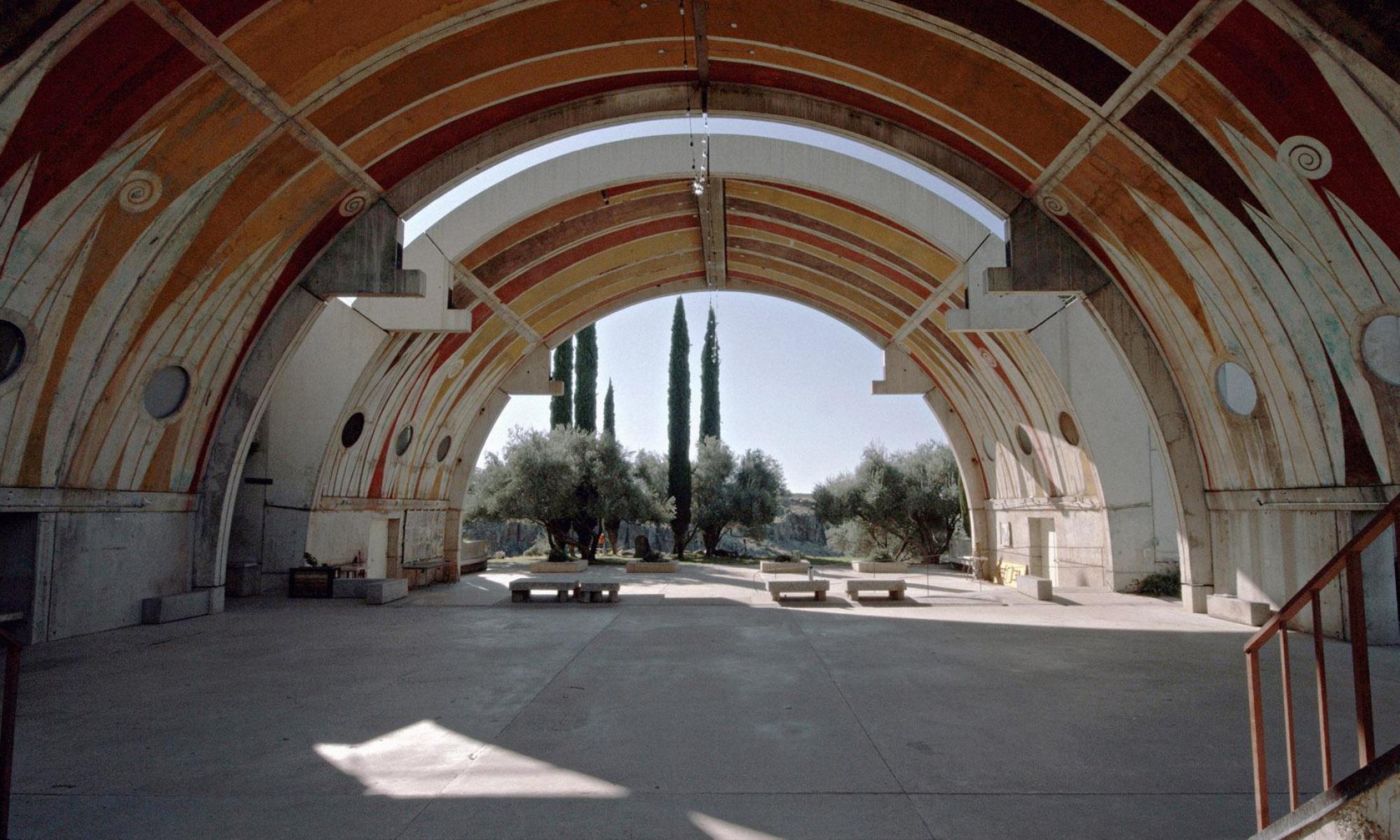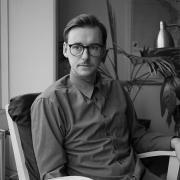Looking back on Earth: Reflections on Utopian Projects and Future Ecologies
As we wandered among the dusty, curious lanes of Arcosanti, in central Arizona, we learned from our tour guide that the city’s leader, the Italian-American architect Paolo Soleri, had just left. Well, he’d left somewhat recently. He had died six years earlier, abandoning his flock—the city’s population of about 80 residents—to the indecisions and mundane turbidity of a leaderless society. Standing in this concrete theme park of high modernism, basking in its austere aesthetics and hushed reverence, we imagined what it would be like to live with a visionary, in a city of their making.
As cities go, Arcosanti is one of the smallest and most unearthly ever built. Its infrastructure and local economy are remarkably pre-industrial, and yet the city’s architecture lends it the feel of an intergalactic command post. This is, of course, no coincidence; Soleri’s designs for Arcosanti were conceived at a time when space exploration was at the forefront of people’s imaginations, particularly in America.
Title Image:
Damien Rudd
Arcosanti, 2019
Digital photograph
Courtesy of the artist



